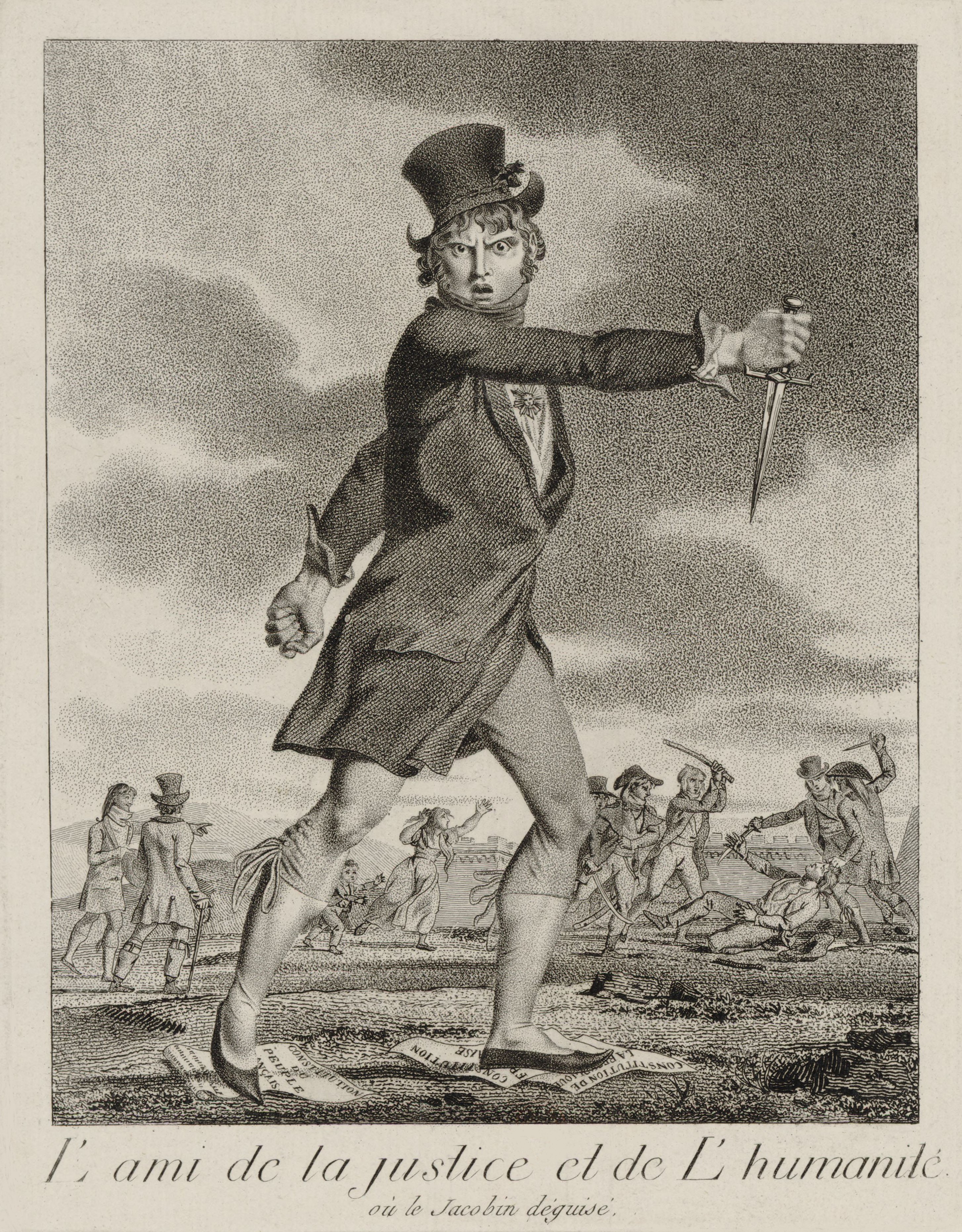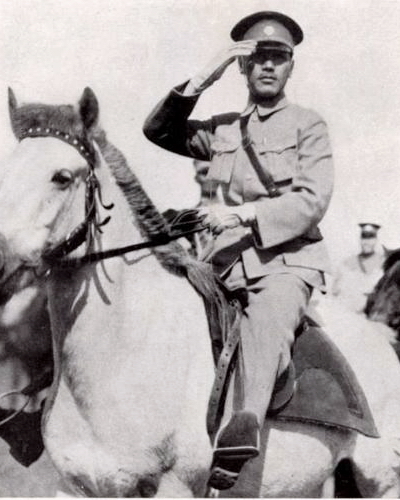|
White Terror
White Terror may refer to: Events France * First White Terror (1794–1795), a movement against the Jacobins in the French Revolution * Second White Terror (1815), a movement against the French Revolution Post-Russian Empire * White Terror (Russia), political violence by anti-Bolshevik forces during the Russian Civil War (1918–1922) and related conflicts * White Terror (Finland), the repression committed by the White Finns both during and after the Finnish Civil War in 1918 * White Terror (Latvia), the repression committed by the White side in the Latvian War of Independence 1918-1920 * White Terror (Estonia), the repression committed by the White side in the Estonian War of Independence 1918-1919 Other * White Terror (Hungary), a two-year period (1919–1921) of repressive violence by counter-revolutionary soldiers * White Terror (Bulgaria), the repression of the communist September Uprising in the Kingdom of Bulgaria (1923) * White Terror (mainland China), the period of ... [...More Info...] [...Related Items...] OR: [Wikipedia] [Google] [Baidu] |
White Terror (Taiwan)
The White Terror ( zh, t=, poj=Pe̍h-sek Khióng-pò͘, p=Báisè Kǒngbù) was the political repression of Taiwanese civilians and political dissenters under the government ruled by the Kuomintang (KMT). The period of White Terror is generally considered to have begun when martial law was declared in Taiwan on 19 May 1949, which was enabled by the 1948 Temporary Provisions against the Communist Rebellion, and ended on 21 September 1992 with the repeal of Article 100 of the Criminal Code, allowing for the prosecution of "anti-state" activities. The Temporary Provisions had been repealed a year earlier on 22 April 1991. Martial law had been lifted on 15 July 1987. Two years after the 28 February incident, the KMT retreated from mainland China to Taiwan during the closing stages of the Chinese Civil War in 1949. Wanting to consolidate its rule on its remaining territories, the KMT imposed harsh political suppression measures, which included enacting martial law, executing su ... [...More Info...] [...Related Items...] OR: [Wikipedia] [Google] [Baidu] |
First White Terror
The White Terror () was a period during the French Revolution in 1795 when a wave of violent attacks swept across much of France. The victims of this violence were people identified as being associated with the Reign of Terror – followers of Robespierre and Marat, and members of local Jacobin clubs. The violence was perpetrated primarily by those whose relatives or associates had been victims of the Great Terror, or whose lives and livelihoods had been threatened by the government and its supporters before the Thermidorean Reaction. Principally, these were, in Paris, the Muscadins, and in the countryside, monarchists, supporters of the Girondins, those who opposed the Civil Constitution of the Clergy and those otherwise hostile to the Jacobin political agenda. The Great Terror had been largely an organised political programme, based on laws such as the Law of 22 Prairial, and enacted through official institutions such as the Revolutionary Tribunal, but the White Terror w ... [...More Info...] [...Related Items...] OR: [Wikipedia] [Google] [Baidu] |
Second White Terror
The Second White Terror () occurred in France in 1815–1816, following the defeat of Napoleon at the Battle of Waterloo (18 June 1815) and the enthronement of Louis XVIII as King of France after the Hundred Days. Suspected sympathizers of the French Revolution (including former Jacobins), Republicans, Bonapartists and, to a minor degree, Huguenots, Protestants, suffered persecution. Several hundred were killed by angry mobs or executed after a quick trial at a drumhead court-martial. Historian John Baptist Wolf, John B. Wolf argues that Ultra-royalists — many of whom had just returned from exile — were staging a Counter-revolutionary, counter-revolution against the French Revolution and also against Napoleon's revolution. :Throughout the Southern France, Midi — in Provence, Avignon, Languedoc, and many other places — the White Terror raged with unrelenting ferocity. The royalists found in the willingness of the French to desert the king fresh proof of their theory that t ... [...More Info...] [...Related Items...] OR: [Wikipedia] [Google] [Baidu] |
White Terror (Russia)
The White Terror () in the former Russian Empire refers to violence and mass killings carried out by the White movement during the Russian Civil War (1917–1923). Individual acts against Bolshevik rule, such as assassinations, commenced at least by the end of 1917. Violence on any sizable scale on the part of the Whites arguably began in early 1918, continuing until the defeat of the Whites at the hands of the Red Army from 1920 to 1922. Unlike in the case of the Red Terror, there was no formal decree which kickstarted the White Terror. The White Terror was most acute in the Far East, under warlords such as Grigory Semyonov and Baron Roman von Ungern-Sternberg. Though the Bolsheviks' Red Terror officially began on September 5, 1918 in response to several planned assassinations of Bolshevik leaders, incidents of violence carried out by Bolsheviks and their supporters had been ongoing since the October Revolution. According to some Russian historians, the White Terror was a seri ... [...More Info...] [...Related Items...] OR: [Wikipedia] [Google] [Baidu] |
White Terror (Finland)
The Finnish Civil War was a civil war in Finland in 1918 fought for the leadership and control of the country between White Finland and the Finnish Socialist Workers' Republic (Red Finland) during the country's transition from a grand duchy ruled by the Russian Empire to a fully independent state. The clashes took place in the context of the national, political, and social turmoil caused by World War I ( Eastern Front) in Europe. The war was fought between the Red Guards, led by a section of the Social Democratic Party with backup of the Russian bolsheviks and the White Guards of the senate and those who opposed socialism, with major assistance by the German Imperial Army, along the German goal to control Fennoscandia. The paramilitary Red Guards, which were composed of industrial and agrarian working class people, controlled the cities and industrial centres of southern Finland. The paramilitary White Guards, which consisted of land owners and the middle and upper class Finn ... [...More Info...] [...Related Items...] OR: [Wikipedia] [Google] [Baidu] |
White Terror (Latvia)
Political terror in Finland and Baltic States during 1918–1920 occurred during violent political struggles within the Baltic territory of the Russian Empire disintegrated as a result of World War I and the Russian Revolution. While there were various militant actors in the scene, including German Army and the Russian White Movement from the remnants of the Russian Imperial Army, the major polarization was between "the Reds", or Bolshevik-influenced Communist revolutionaries, who wanted to establish the Soviet powers, and "the Whites" (not to be confused with Russian "Whites"), who wanted to establish independent states based on traditional democracy. Accordingly, the political terror during this period is roughly classified into the "Red Terror" and "White Terror".Tomas Balkelis, "War, Revolution and Terror in the Baltic States and Finland after the Great War", ''Journal of Baltic Studies'', Volume 46, 2015, issue 1, pp.1–9, Overview The four countries, Finland, Latvia, Lith ... [...More Info...] [...Related Items...] OR: [Wikipedia] [Google] [Baidu] |
White Terror (Hungary)
The White Terror () was a two-year period (1919–1921) of repressive violence in Hungary carried out by counter-revolutionary soldiers against the real and alleged supporters of the short-lived Hungarian Soviet Republic, especially against the Jews perceived as its main supporters. Tens of thousands were imprisoned without trial, and as many as 1,000 people were killed. Furthermore, between 1,250 and 2,500 Jews, who were targeted in particular, were killed and tens of thousands more injured between 1919 and 1921. Assuming all Jews were traitors and communists, far-right militias raped, robbed, and massacred them. Background At the end of World War I, the political configuration of the Hungarian state was forced into swift and radical change. The Austro-Hungarian Empire, of which Hungary had been a powerful member, collapsed. The victorious Entente powers took steps to carve out Hungary's ethnically mixed border regions and grant them to the Kingdom of Serbs, Croats and Slovenes, ... [...More Info...] [...Related Items...] OR: [Wikipedia] [Google] [Baidu] |
White Terror (Bulgaria)
The September Uprising (, ''Septemvriysko vastanie''), also called the September Riots (Септемврийски бунтове),Голяма енциклопедия България, том 10, Главен редактор акад. Васил Гюзелев, Българска академия на науките, Книгоиздателска къща Труд, София, 2012, с. 3992, ISBN 978-954-8104-32-6 (т.10) ISBN 978-954-398-156-4 (т.10) was a 1923 communist insurgency in Bulgaria. The Bulgarian Communist Party (BCP) attempted to overthrow Alexandar Tsankov's new government established following the coup d'état of 9 June. Background After the conclusion of World War I in Bulgaria, Tsar Ferdinand abdicated in favor of his son, Boris III, who became the new Tsar and freed opposition leaders, including Aleksandar Stamboliyski, the leader of the Bulgarian Agrarian National Union (BZNS). The party went on to win the 1920 Bulgarian parliamentary election, with ... [...More Info...] [...Related Items...] OR: [Wikipedia] [Google] [Baidu] |
White Terror (mainland China)
The Shanghai massacre of 12 April 1927, the April 12 Purge or the April 12 Incident as it is commonly known in China, was the violent suppression of Chinese Communist Party (CCP) organizations and leftist elements in Shanghai by forces supporting General Chiang Kai-shek and conservative factions in the Kuomintang (Chinese Nationalist Party or KMT). Following the incident, conservative KMT elements carried out a full-scale purge of communists in all areas under their control, and violent suppression occurred in Guangzhou and Changsha. The purge led to an open split between left-wing and right-wing factions in the KMT, with Chiang Kai-shek establishing himself as the leader of the right-wing faction based in Nanjing, in opposition to the original left-wing KMT government based in Wuhan, which was led by Wang Jingwei. By 15 July 1927, the Wuhan regime had expelled the Communists in its ranks, effectively ending the First United Front, a working alliance of both the KMT and CCP ... [...More Info...] [...Related Items...] OR: [Wikipedia] [Google] [Baidu] |
White Terror (Spain)
The White Terror (), also called the Francoist Repression (), was the political repression and mass violence against dissidents that were committed by the Nationalist faction during the Spanish Civil War (1936–1939), as well as during the first nine years of the regime of General Francisco Franco. From 1936–1945, Francoist Spain officially designated supporters of the Second Spanish Republic (1931–1939), liberals, socialists of different stripes, Protestants, intellectuals, homosexuals, Freemasons, Jews, immigrants as well as Basque, Catalan, Andalusian, and Galician nationalists as enemies. The Francoist Repression was motivated by the right-wing notion of social cleansing (), which meant that the Nationalists immediately started executing people viewed as enemies of the state upon capturing territory. As a response to the similar mass killings of their clergy, religious, and laity during the Republican Red Terror, the Spanish Catholic Church legitimized the kill ... [...More Info...] [...Related Items...] OR: [Wikipedia] [Google] [Baidu] |
White Terror (Greece)
In Greece, the White Terror () was the period of persecution of members of the Communist Party of Greece, Communist Party of Greece (KKE) and other former members of the leftist World War II-era Greek Resistance, resistance organization National Liberation Front (Greece), National Liberation Front (EAM) in 1945–1946, prior to the outbreak of the Greek Civil War. The term is used in Greece in an analogy to White Terror (other), similar cases elsewhere. Background During the Axis occupation of Greece, the Communist Party of Greece, communist-dominated EAM-ELAS had become the major organization within the Greek Resistance movement. By the summer of 1944, with an estimated membership of between half and two million, and disposing of some 150,000 fighters, it dwarfed its nearest non-communist rivals, EDES and National and Social Liberation, EKKA. Mounting tensions between itself and the other rival groups, sparked by ideology as well as EAM-ELAS' ambition to be the sole inst ... [...More Info...] [...Related Items...] OR: [Wikipedia] [Google] [Baidu] |



